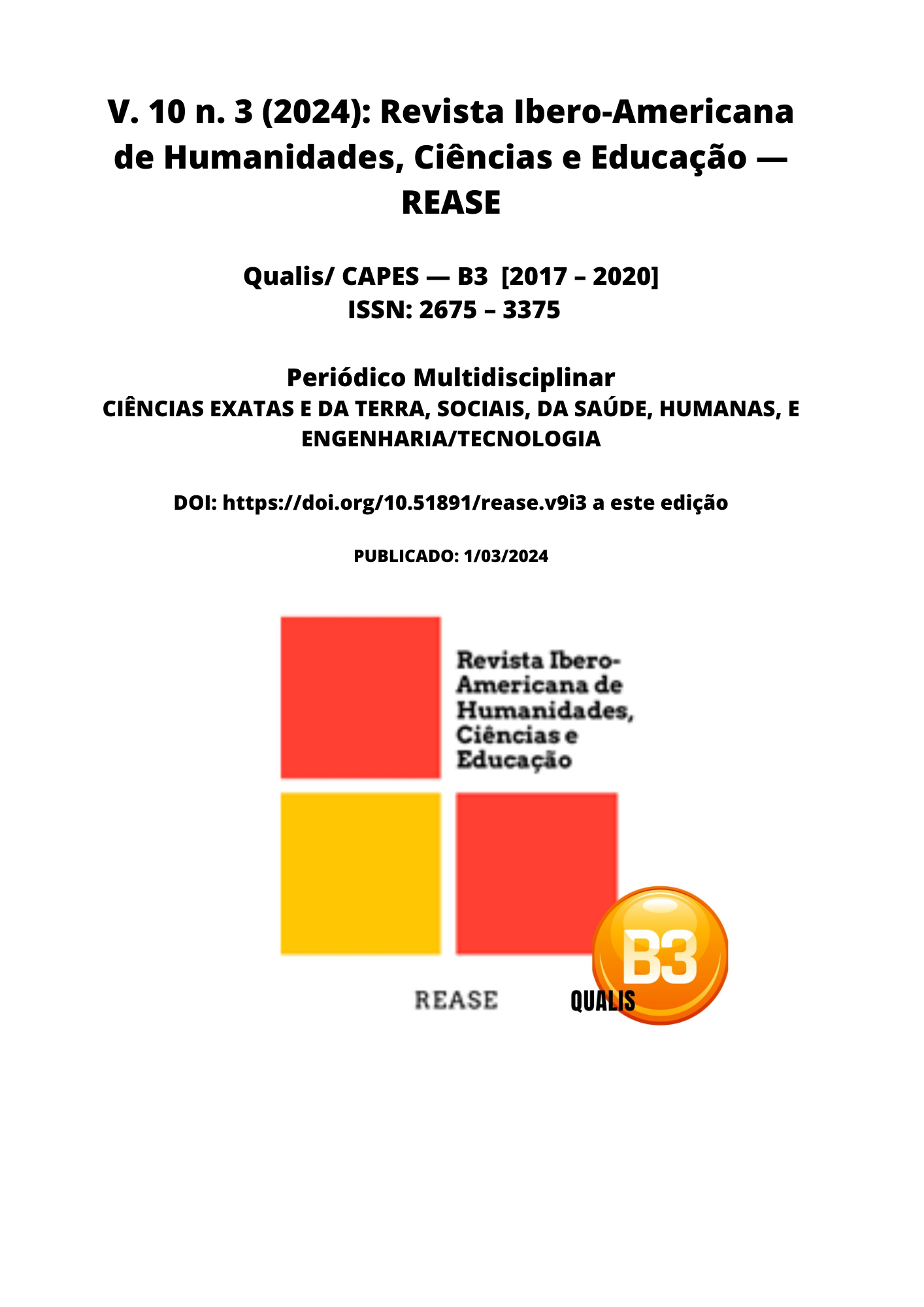THE HEMATOLOGICAL EFFECTS OF DELAYED UMBILICAL CORD CLAMPING
DOI:
https://doi.org/10.51891/rease.v10i3.13110Keywords:
Umbilical cord clamping. Hematological effects. Anemia.Abstract
Objective: To elucidate the main hematological effects triggered by delayed umbilical cord clamping in term newborns, regardless of the mode of delivery. Methods: This is a study with a qualitative approach, through an integrative literature review, in which the databases used were: PubMed, Directory of Open Access Journals (DOAJ) and Virtual Health Library (VHL). The descriptors chosen, mediated by the Boolean operator “AND”, to search for articles on the platforms were “umbilical cord clamping”, “effects” and “anemia”. Clinical trials and observational studies were included, while review, as well as meta-analyses, were excluded. Results: After applying inclusion and exclusion criteria, 23 articles remained selectable. Of the articles analyzed, 19 found statistically significant results with delayed umbilical cord clamping, such as an increase in long-term hemoglobin concentration, a decrease in the prevalence of anemia and an increase in iron; 4 studies found no differences between late and early clamping. Final considerations: Children whose birth was accompanied by delayed clamping had a higher hemoglobin rate up to 6 months, a decrease in the prevalence of anemia and an increase in iron stores. The Delayed Umbilical Cord Clamping (DUCC) seems to be a cost-free and effective measure to prioritize the hematological status of infants.
Downloads
Downloads
Published
How to Cite
Issue
Section
Categories
License
Atribuição CC BY

